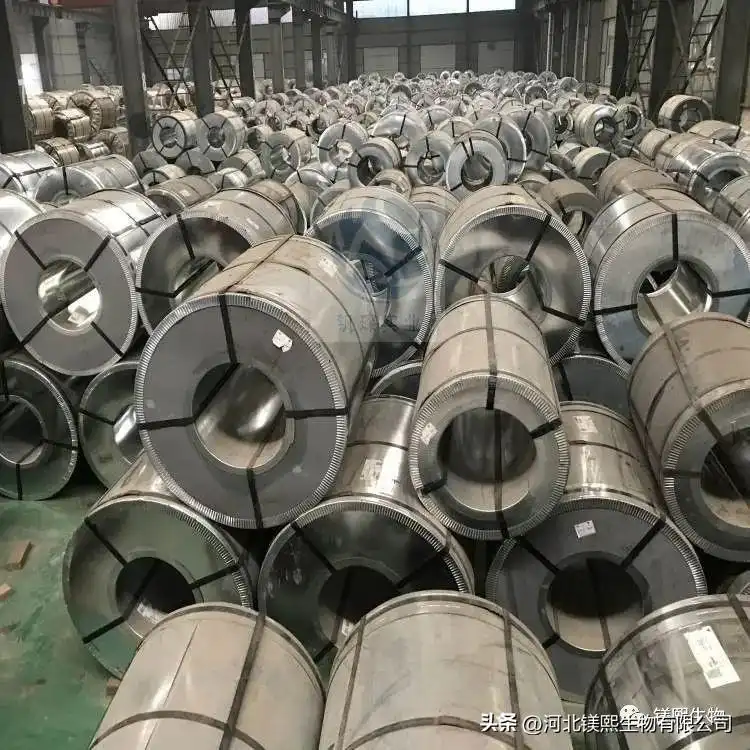With the development of China’s electric power industry, there are higher requirements for the iron cores of transformers, motors and generators. Many large steelmaking enterprises in China have established or are establishing production lines for silicon steel sheet. With the increase of silicon steel production, the demand for silicon steel grade magnesia with higher purity is also increasing. Silicon steel grade magnesium oxide is a coating material used in the high-temperature annealing stage for the manufacture of oriented silicon steel. It can play the role of isolation and desulfurization, and form an insulating film on the surface of silicon steel.
At present, there are mainly two ways to prepare magnesium oxide: one is to use seawater as raw materials. Alkaline substances are added to precipitate magnesium in the form of magnesium hydroxide, and then calcined; the other is made from magnesite and dolomite, carbonized and basic magnesium carbonate as an intermediate, and then calcined. Using solid as raw material will be accompanied by impurities such as calcium and iron, so the impurity removal process is particularly important in the process of preparing high-quality magnesium oxide.
Silicon steel grade magnesium oxide should have the following special qualities: high chemical purity: must have good suspension performance in water: low hydration rate, have certain activity: strong adhesion to the surface of silicon steel sheets. Among them, high chemical purity is particularly important. To achieve silicon steel grade magnesium oxide, it must meet the quality and technical indicators of (MgO)>98%, (Ca0)<0.5%, (iron)<0.05%. Metal impurities such as iron are important factors affecting the whiteness and product quality of magnesia, so iron and calcium removal are more important in the process of preparing silicon steel grade magnesia.

The commonly used iron removal method is mainly oxidation-reduction method, but the precipitation is extremely difficult to deal with: activated carbon is also used to remove impurities, although the effect is very good, but the activation of activated carbon puts forward high requirements for the entire production process, and it is difficult to realize industrial production. There are also many impurities such as calcium It is removed by precipitation method. However, due to the similar properties of calcium and magnesium, the effect of removing impurities is not ideal. In view of the shortcomings of the above impurity removal methods, it is proposed to use complexing agents to remove impurities. Since the complexing agent reacts with iron and calcium to make it exist in the solution in the form of a complex, the basic magnesium carbonate can be separated from it during pyrolysis; this method not only has a good impurity removal effect, but also has a simple and convenient process and is more suitable for industrial production.
